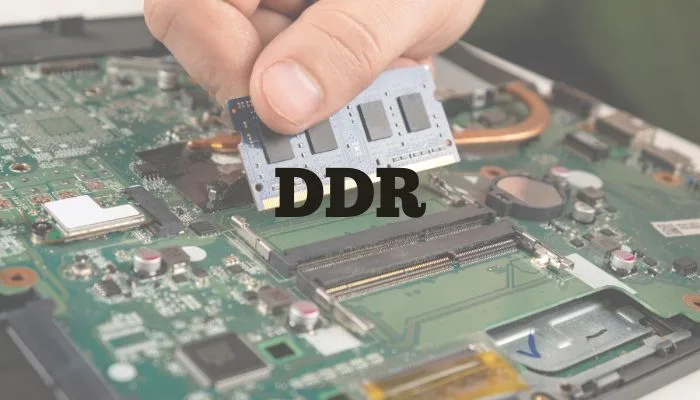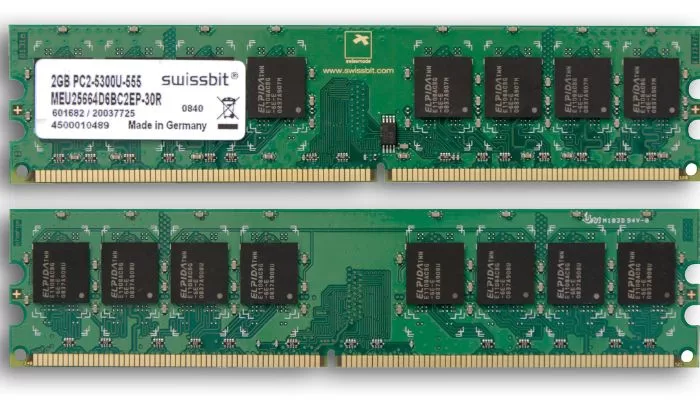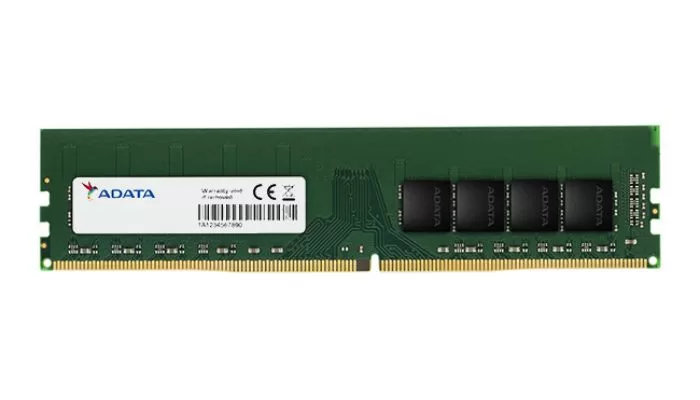What is SDRAM?
SDRAM, or Synchronous Dynamic Random Access Memory, is a type of computer memory that allows for high-speed data access. It is a volatile memory, meaning that it requires a constant supply of power to retain data. SDRAM is commonly used in desktop computers, laptops, servers, and other electronic devices.
Read What is RAM? | Random Access Memory
How Does SDRAM Work?
SDRAM works by synchronizing the memory’s operations with the computer’s clock speed. This synchronization allows for efficient and fast data transfer between the memory and the computer’s processor. Unlike its predecessor, DRAM (Dynamic Random Access Memory), which operates asynchronously, SDRAM operates synchronously, leading to improved performance.
Types of SDRAM
There are different types of SDRAM available, including:
- DDR SDRAM: DDR SDRAM, or Double Data Rate SDRAM, is an improved version of SDRAM that allows for data to be transferred on both the rising and falling edges of the clock signal, effectively doubling the data transfer rate.
- DDR2 SDRAM: DDR2 SDRAM is the successor to DDR SDRAM and offers higher data transfer rates and improved power efficiency.
- DDR3 SDRAM: DDR3 SDRAM further improves upon the performance of DDR2 SDRAM, offering even higher data transfer rates and lower power consumption.
- DDR4 SDRAM: DDR4 SDRAM is the latest iteration of DDR SDRAM and provides even faster data transfer speeds and increased memory capacity.
- DDR5 SDRAM: The latest standard (as of my last update in September 2021). Provides even higher data transfer rates and improved power efficiency.
The Benefits of SDRAM
There are several benefits to using SDRAM in computer systems:
- Speed: SDRAM offers faster data access and transfer speeds compared to other types of memory, making it ideal for applications that require high-performance computing.
- Efficiency: SDRAM is designed to minimize power consumption, making it more energy-efficient compared to other memory types.
- Compatibility: SDRAM is compatible with a wide range of computer systems, making it a versatile choice for various applications.
SDRAM plays a critical role in modern computer memory, providing fast and efficient data access. Its compatibility, speed, and efficiency make it a popular choice for a wide range of applications. As technology continues to advance, we can expect further improvements in SDRAM and its successors, ensuring that our computers continue to perform at their best.
Guides that relate to RAM:




